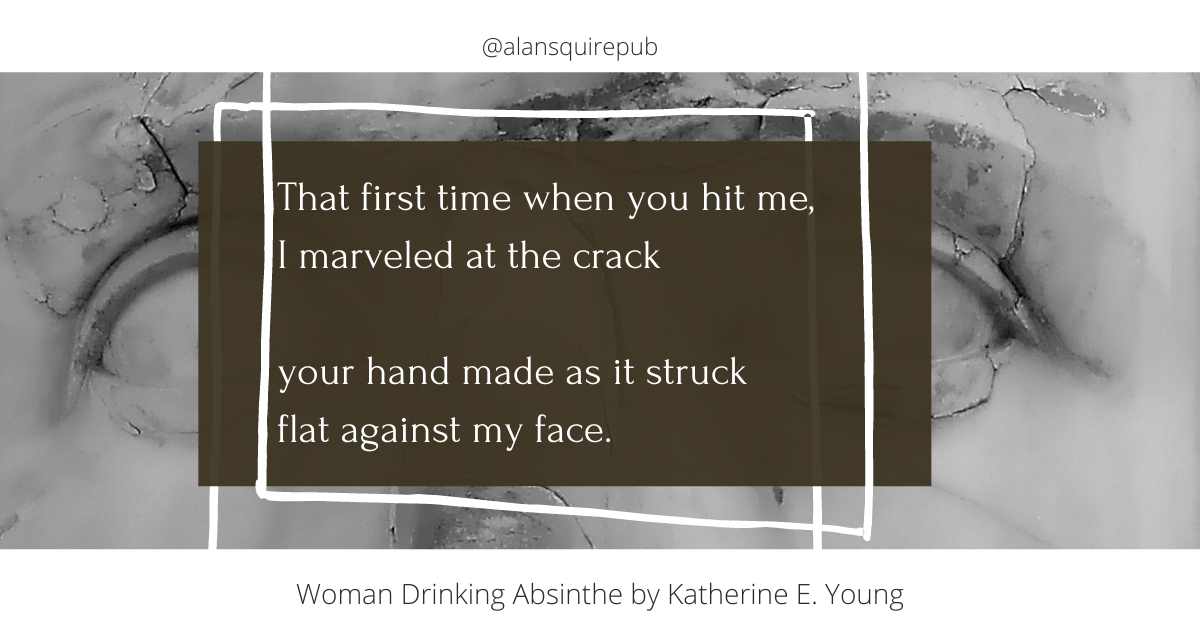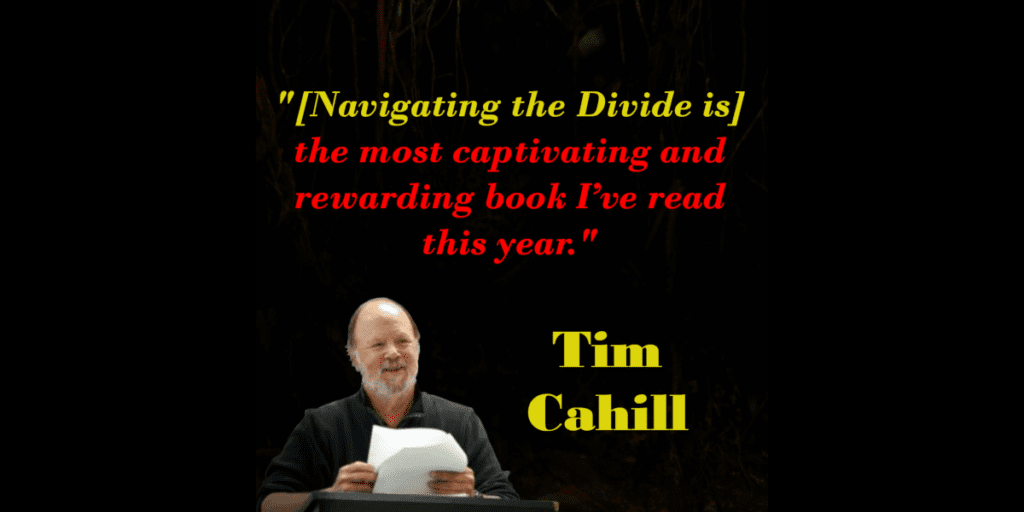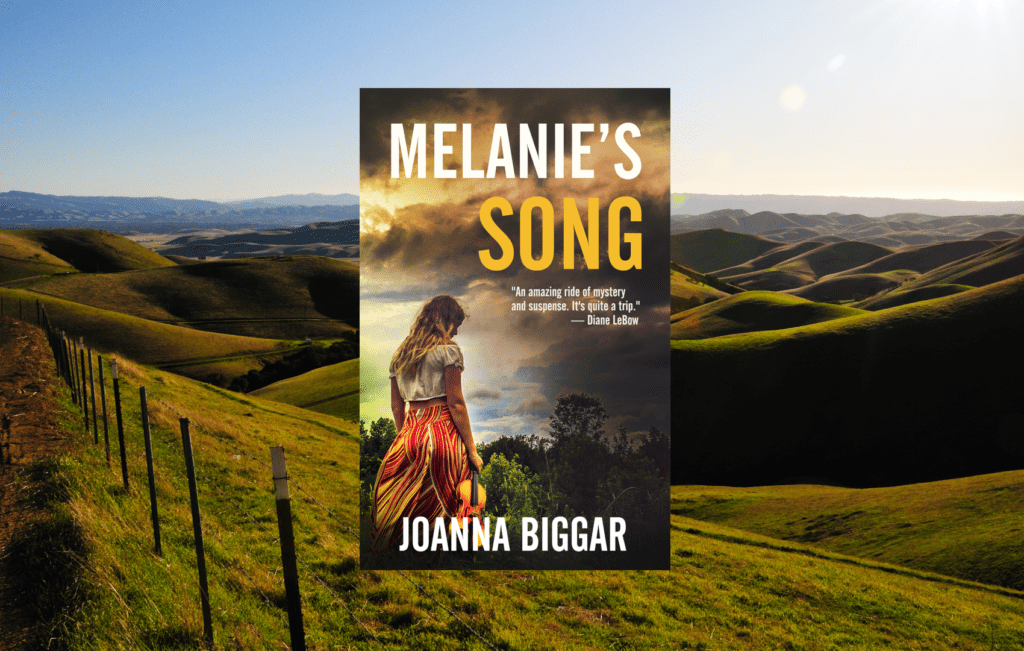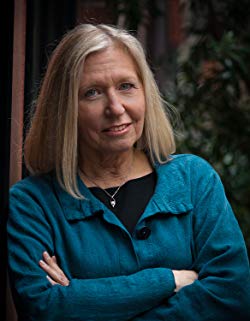WOMAN DRINKING ABSINTHE Analyzed by Billy Mills
Former Guardian Literary Journalist, Billy Mills, analyzes the conception of love in Katherine E. Young's new collection.

"Young’s core subject is love, but there’s nothing redemptive or particularly healing about its manifestations," writes Billy Mills in his analysis of Young's Woman Drinking Absinthe. Elsewhere he compares the different manifestations of this theme to coeval poets Christopher Jane Corkery and James Roome.
Mills analysis is fitting for Young's work which comes from a deeply literary place and is steeped in evocative allusion. Mills places WDA alongside the likes of Pound and Eliot in his thinking. Like these poets, Young uses unorthodox and historically informed forms and diction in her poetry.
An excerpt of Mills' analysis follows:
"The fourth (of five) sections of Katherine E. Young’s Woman Drinking Absinthe is a single sequence, ‘Place of Peace’ that takes off from a visit to the Civil War memorial at Shiloh National Military Park. The fourth section of the sequence opens with he line ‘Who doesn’t desire to be mesmerized by love?’ and ends ‘once more I fear the shadow of his hand.’ These lines could be said to serve as the twin poles of the entire collection.
For Young’s core subject is love, but there’s nothing redemptive or particularly healing about its manifestations."
The poems in Katherine E. Young’s Woman Drinking Absinthe concern themselves with transgressions. Lust, betrayal, guilt, redemption: Young employs fairy tales, opera, Impressionism, Japonisme, Euclidean geometry, Greek tragedy, wine, figs, and a little black magic to weave a tapestry that’s as old as the hills and as fresh as today’s headlines.
Tim Cahill calls ‘Navigating the Divide’ the “Most Rewarding Book I’ve Read This Year”
Learn what famed travel writer, Tim Cahill, has to say about Linda Watanabe McFerrin’s new ASP Legacy Book, “Navigating the Divide.”
Joanna Biggar Reveals the Heart’s Center of her Newest Novel
After 2015’s That Paris Year which followed a group of young women on their year-abroad at the Sorbonne—their youthful flings as well as their many rites of adulthood— Joanna Biggar is bringing its spiritual sequel Melanie’s Song overseas to her own hometown in the United States. Set in Califonia amid the cultural revolution of the late 60s early 70s, Melanie’s Song, while not a direct sequel to That Paris Year shares many of its characters and its familiar, lavish lyrical style. In MS, J.J., the protagonist of That Paris Year, a young reporter, is on a quest to find her missing friend, Melanie (the archetypal shy scholarly type and another character from TPY) who fled her marriage to a straight-laced classical musician in order to hitch-hike to Woodstock and San Francisco.
What Does Patricia Bracewell Have to Say about “Melanie’s Song”?
What does bestselling historical fiction author, Patricia Bracewell, think of Joanna Biggar’s latest novel, “Melanie’s Song”?


